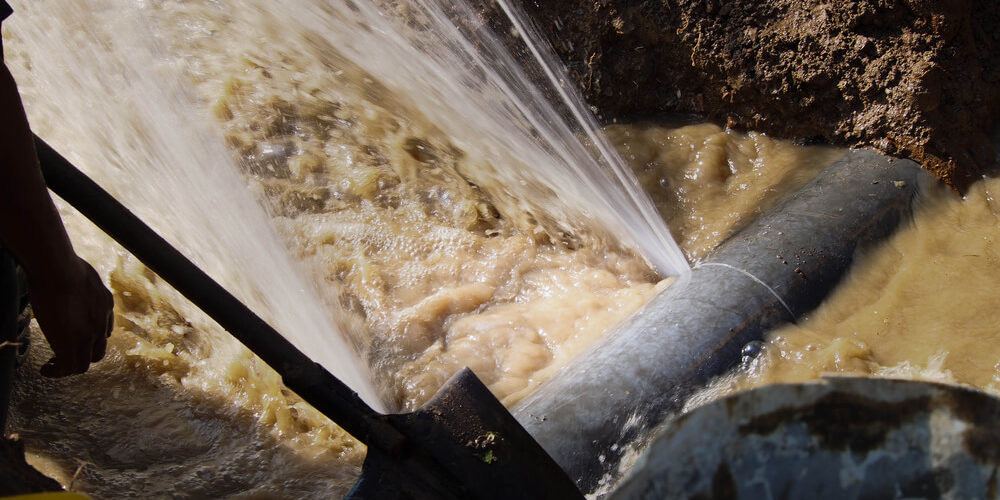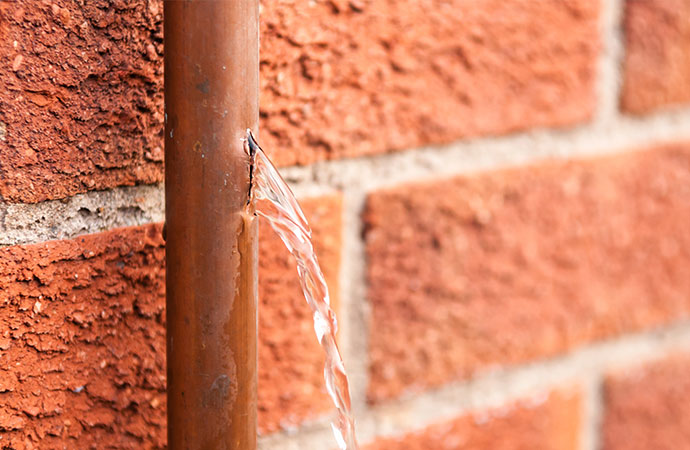Your Comprehensive Guide to Septic Tank Maintenance: What You Need to Know
Your Comprehensive Guide to Septic Tank Maintenance: What You Need to Know
Blog Article
We've found this great article about Do’s And Don’ts For Homeowners Managing With Water Damage directly below on the web and think it made good sense to relate it with you over here.

What should you do if a water pipe bursts in your residence? Do you desire a mini-waterfall and flooding in a location of your residence? If you find yourself in this scenario, you must act quick. The longer you wait, the more serious the damages that can take place to your property. The presence of mind is key in these occasions. For these factors, you require to find out how to act in the event of a burst water pipe. Because time is of the essence, check out the following tips listed below to help you act fast.
Shut down the Key Waterline Shutoff
The first thing to do? Shut the shut-off valve. Search for the neighborhood shut-off shutoff to shut off the water in one details area only. Go for the major water line shutoff as well as transform it off if you do not understand where the localized shut-off valve is. This step will remove the water immediately in your whole residence. Generally, the major shutoff is located outside the house beside the water meter. If it's not there, you can also discover it in two places: in the basement at eye degree or the first floor on the ground. Generally, builders placed the shut-off shutoff in the main ground level washroom or ideal beside it.
Call Water Damages Repair Pros for Help
After closing the water source, call the specialists for assistance. Since the pipes required to be repaired as well as there is a need to attend to the various other damages to your building, this situation is not something you can do some Do it yourself. If you can not deal, seek aid from a trusted business offering 24/7 emergency services. With their specialist help, you can avoid a lot larger water damage consisting of deformed baseboards, loose floor tiles, or harmed frameworks. Don't take this issue gently and look for professional assistance for your full assurance as well as a reliable remedy.
File the Damage For Insurance policy
While you're waiting for the pros to get here, get some documentation of the damage caused by the errant pipe. Do close-up shots of the damaged areas as well as belongings.
Restore Points That Can Be Conserved
Take a look at the harmed products as well as take out the most crucial ones from the pile when you're done taking photos. Dry them off in a dry/warm location away from the damaged area and try to maintain them as high as you can. Drag as much dampness as you can to the product so it can start to dry out.
Begin the Drying Process
You need to start the drying out procedure asap. Luckily, the water from your waterlines is currently clean so you do not need to fret about drain water. The streaming water may have interrupted the dirt as well as debris in your carpetings as well as floorboards. In this instance, put some gloves on and also begin some troubleshooting. Use pails to discard out the water. Blot out as much water as you can from the surface areas with old towels. Switch on an electric follower or open your windows to advertise air flow. These steps will certainly quicken to completely dry as well as deter mold and mildew and mold growth.
Experts are the only people certified to assess properly and take care of the burs pipelines as well as succeeding damage. As constantly, pipes don't simply all of a sudden break out of the blue. They normally give quiet warnings like bubbling paint, water discolorations. Weird sounds in the plumbing, caving ceiling, musty odor, or peeling off wallpaper. Remember of these indicators and do some safety nets so you can nip any kind of problems in the bud.
What should you do if a water pipe ruptureds in your residence? For these reasons, you require to learn exactly how to act in the occasion of a burst water pipeline. After closing the water source, call the experts for aid. With their expert assistance, you can protect against much bigger water damages including distorted walls, loose ceramic tiles, or harmed structures. Fortunately, the water from your waterlines is currently tidy so you don't have to fret concerning sewer water.
BROKEN WATER PIPES: COST TO REPLACE & WAYS TO FIX A PIPE
CAUSES OF A BROKEN WATER PIPE
A water pipe can break for several reasons depending on the environment you live in, type of pipe, and circumstances.
The most common cause of broken pipes is freezing. If you live in a colder climate, this could happen. When water freezes it increases in volume by 9% and the pressure in the pipes can go from 40 psi to 40,000 psi. Clearly, this could be detrimental to the pipes. Water freezing causes quick expansion, which puts stress on the pipes and could lead them to crack or weaken. When water thaws, it will leak out the cracks. Other changes in water pressure can also cause breakage. Another common cause of broken water pipes is age.
Depending on the material, water pipes can last anywhere from 70-100 years. But the older they get, the more susceptible they are to weakening and corroding. Older pipes coming into contact with another material could speed up the corrosion process as well. PVC pipes can become brittle with age, while copper is prone to corrosion and stress over time. Something that could also potentially break water pipes is when they move. They may move from construction or the house settling. Moving can stress the fixed pipe which may lead to a leak or burst pipe.
HOW MUCH WATER COULD LEAK INTO YOUR HOUSE FROM A BROKEN PIPE?
The amount of water that leaks depend on how big the break in a pipe is. If it is just a minor crack, water will slowly leak out. This isn’t as serious as a full broken pipe, but it can still cause significant damage to your home. Burst pipes can leak up to 10 gallons of water per minute. The amount of water leaked also depends on what appliance is involved. The water line to your refrigerator can leak ½ to 1 gallon per minute depending on water pressure. One toilet supply line may leak 2-3 gallons a minute and a washing machine hose will leak up to 10-12 gallons per minute.
TURN THE WATER OFF
Doing this first is imperative; everything else can wait. You need to deactivate the water supply to stop the flow of water and prevent more water from leaking into your home. Shutting off the water could potentially save you thousands in water damage repairs. Locating the water shutoff valve depends on the climate you live in. For colder climates, the valves are usually inside, such as in the basement. For houses in milder weather, the shutoff valves will probably be outside—either attached to an exterior wall or in an underground box with a removable lid.
OPEN A FAUCET
The next thing to do is to open a faucet or turn on a sink. This will relieve any remaining water pressure in the pipes and ensure a full-shut down.
GET RID OF THE WATER
The quicker you get rid of the water, the less water damage and mold there could be. Use a mop and a shop vacuum to help get clean up the water. Use towels to dry everything the best you can.
CUT AND REMOVE THE DAMAGED PIPE
Once you have shut off the water and drained the damaged water pipe, you can begin to fix the issue. Cut out the damaged section of the pipe with a pipe cutter, ensuring that you also cut one inch extra on each side of the damage. Once you get rid of the broken part of the pipe, you may begin repairs.
https://www.wmhendersoninc.com/blog/broken-water-pipes-cost-to-replace-ways-to-fix-a-pipe/

I'm very fascinated by Do’s And Don’ts For Homeowners Managing With Water Damage and I really hope you liked my blog post. I beg you set aside a second to promote this blog entry if you enjoyed reading it. I truly appreciate reading our article about What You Should And Shouldn’t Do When Dealing With Water Damage.
Report this page